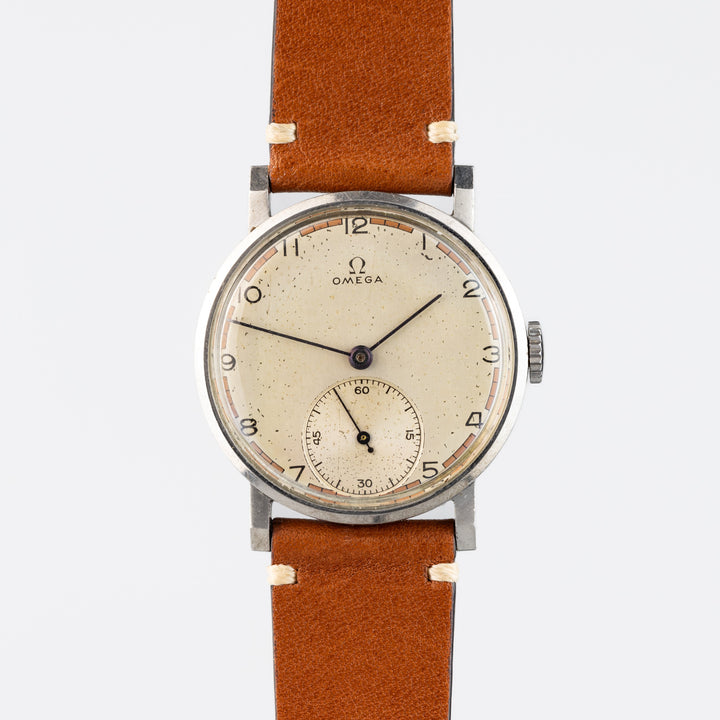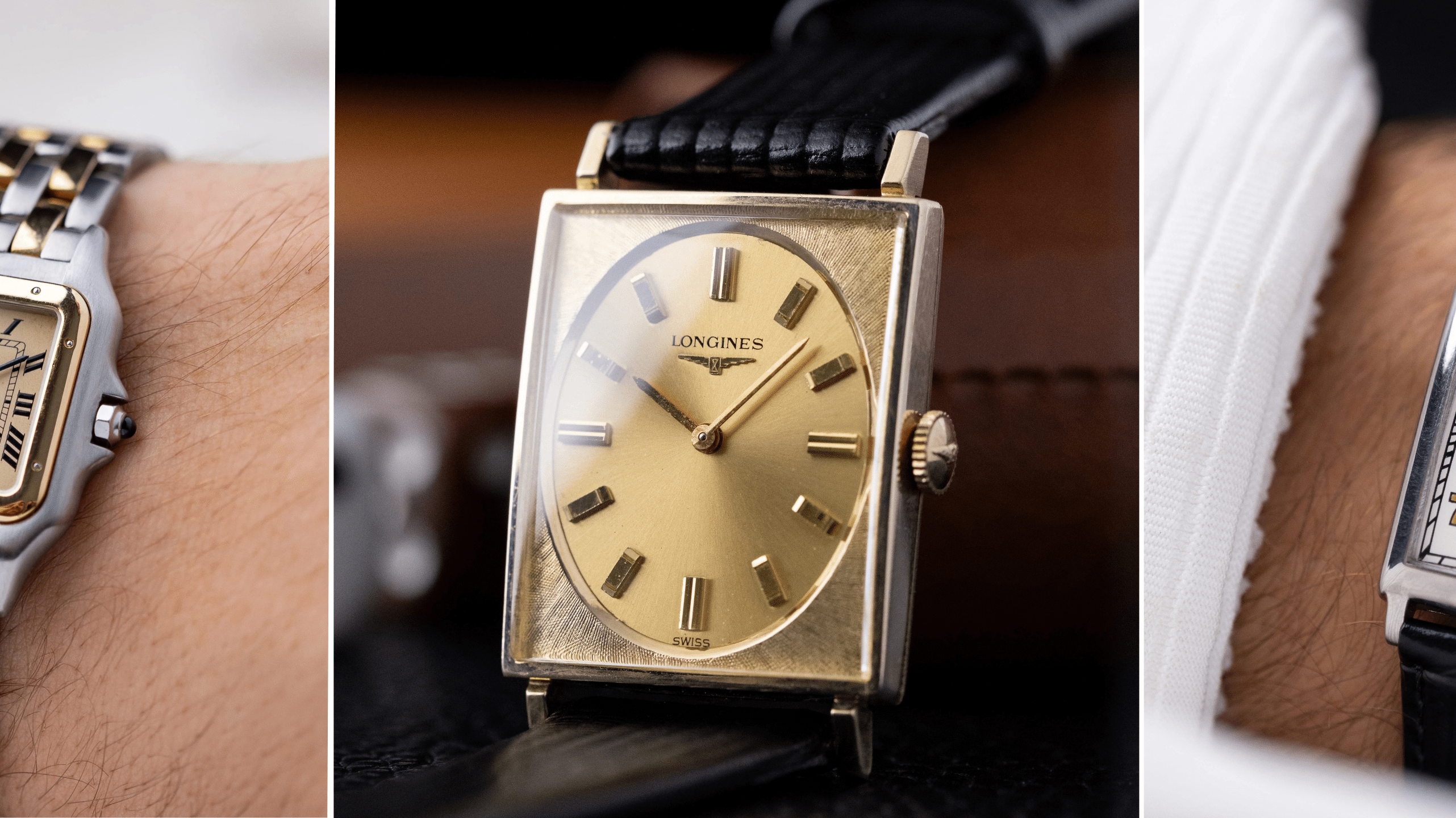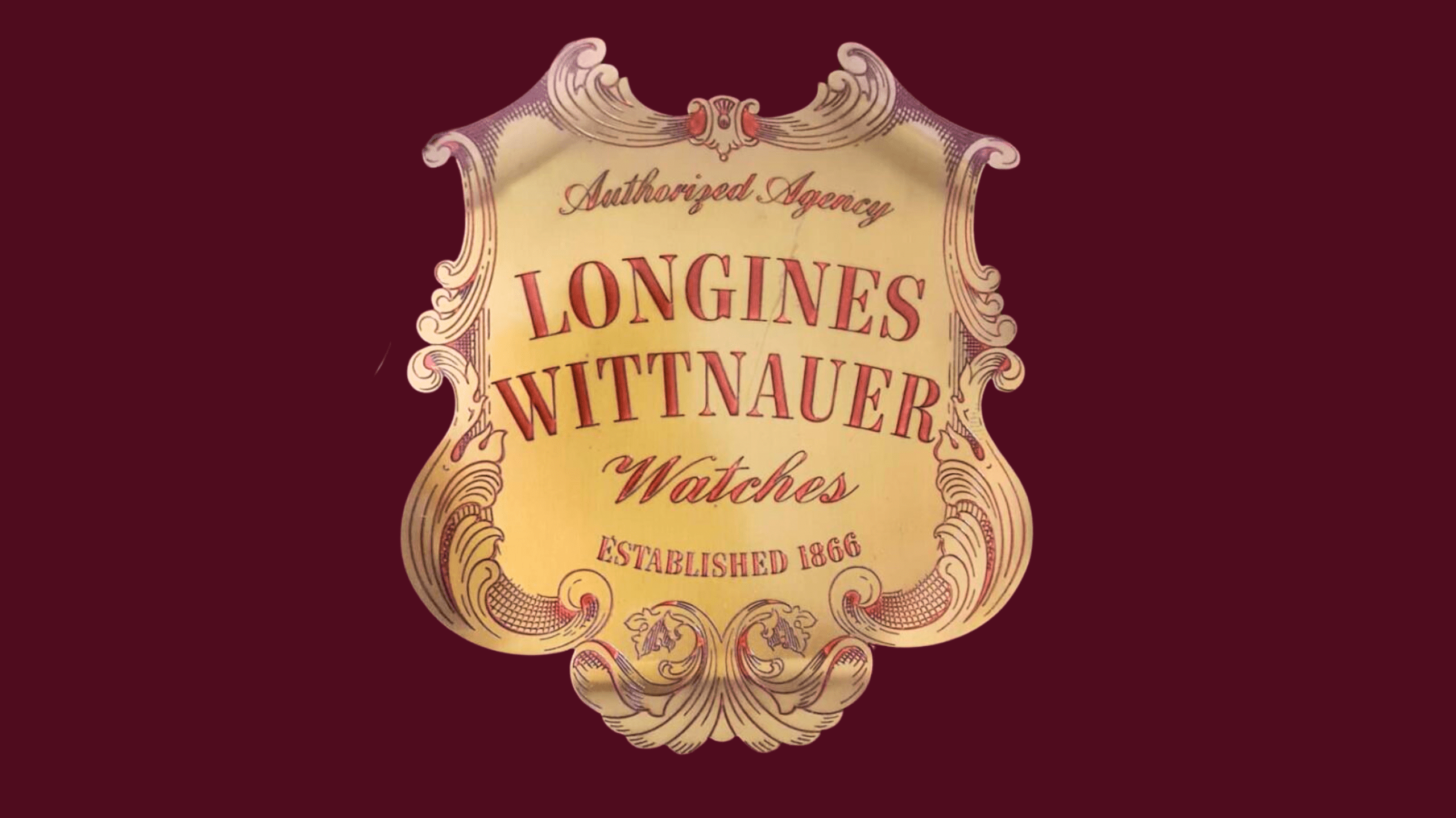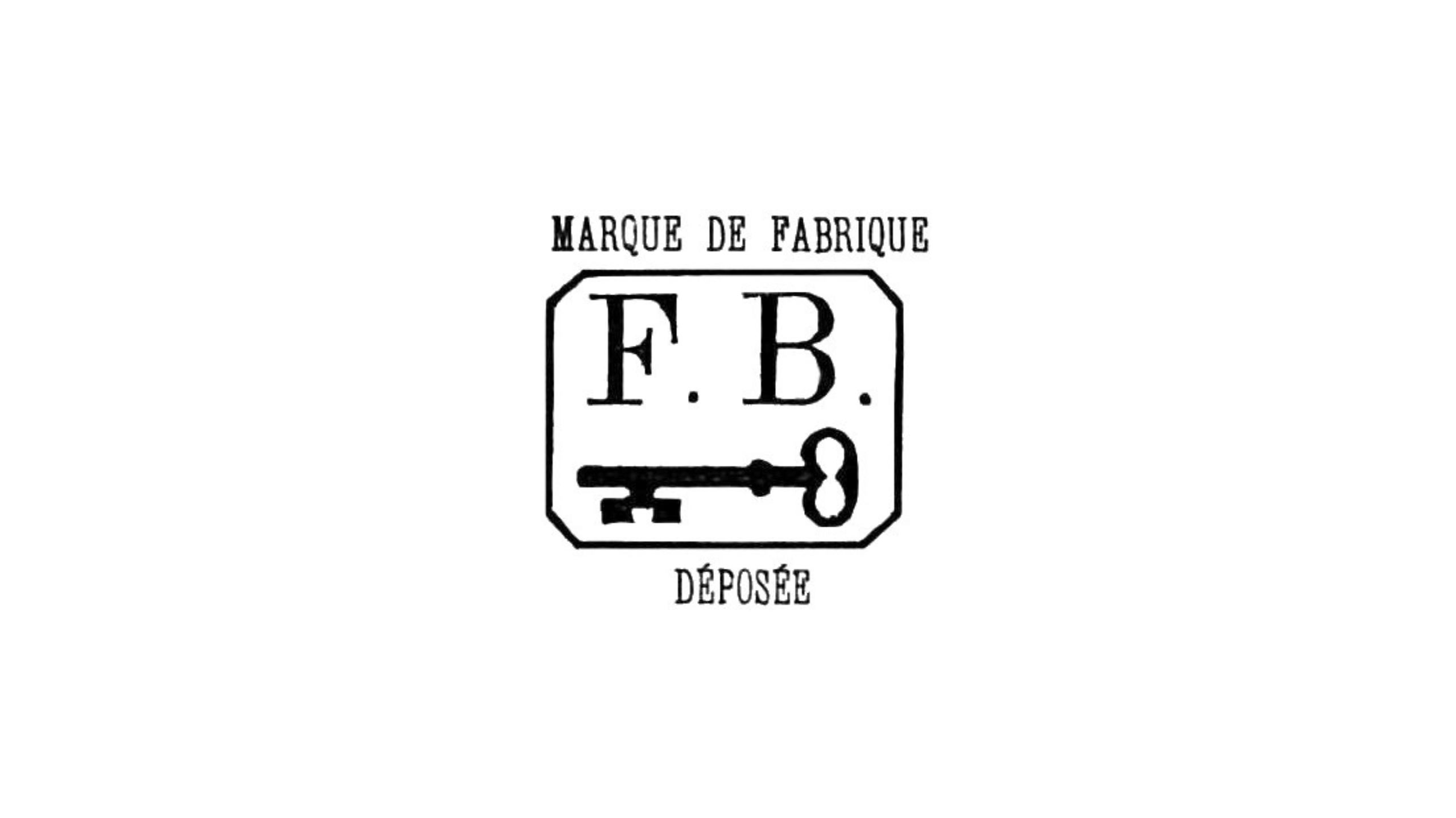Introduction to Swiss Watches
Swiss watches are universally acclaimed, not just as timekeeping devices, but as symbols of sophistication, precision, and enduring craftsmanship. Their reputation spans centuries, with each timepiece representing a blend of artistic mastery and technological innovation. Swiss watches have transcended their practical purpose to become coveted items of luxury, valued by collectors and fashion connoisseurs alike. The term 'Swiss Made' is not merely a label; it's a hallmark of quality and prestige, reflecting a heritage rich in history and skill.

Historical Evolution of the Swiss Watch Industry
Early Beginnings in Geneva
The Swiss watch industry's roots are deeply embedded in Geneva's history. In the early 16th century, as religious reformations swept across Europe, the city experienced a significant transformation. John Calvin's influence led to a ban on jewelry, pushing local goldsmiths and jewelers to pivot towards watchmaking. This shift turned watches from mere ornamental pieces to functional art. The arrival of skilled Huguenots, fleeing religious persecution in France, further enriched Geneva's burgeoning watchmaking scene. Their expertise laid the groundwork for what would become a world-renowned center of horological excellence.
Decentralization and Mass Production
In the 17th and 18th centuries, the Swiss watch industry underwent a major shift. Unlike other countries where a single watchmaker would produce an entire watch, the Swiss adopted a decentralized approach. Various towns and villages specialized in crafting specific watch components - faces, gears, springs, etc. This 'etablissage' system enabled mass production, propelling Switzerland to become a major player in the global watch market. While initially not known for innovation, Swiss watch parts were essential in the assembly of quality timepieces across Europe.
Focus on Quality and Innovation
The late 19th century marked a pivotal shift towards quality and innovation in Swiss watchmaking. Influenced by the American watch market's demand for reliable timepieces, particularly for the railroad industry, Swiss companies like Longines and the International Watch Company began to integrate all aspects of watch production under one roof. This shift towards vertical integration and the adoption of American manufacturing techniques significantly enhanced the quality and functionality of Swiss watches. By embracing innovation and precision, Swiss watchmakers started to gain a competitive edge in the global market, particularly in the mid-range price segment.

Swiss Watchmaking Craftsmanship and Style
Artisanal Techniques and Precision
Swiss watchmaking is a testament to meticulous craftsmanship and relentless pursuit of precision. The creation of each timepiece is a delicate balance between traditional techniques and modern innovation. Swiss watches are renowned for their intricate movements, where every component, no matter how small, is perfected to ensure unparalleled accuracy. This attention to detail extends to the design as well, with each watch reflecting a unique aesthetic that embodies both classic elegance and contemporary style. The curated collection of vintage Swiss watches from DuMarko exemplifies this ethos, showcasing handpicked timepieces that represent the pinnacle of Swiss craftsmanship from the 20th century.
Diverse Range and Styles
The diversity in Swiss watch design ranges from the understated elegance of classic dress watches to the robust functionality of sporty chronographs. This variety caters to a wide spectrum of preferences, making Swiss watches appealing to a broad audience. Whether it's an heirloom-quality piece passed down through generations or a statement accessory for modern attire, Swiss watches offer something for every taste. The collection at DuMarko is a prime example of this diversity, featuring rare finds that appeal to both collectors and enthusiasts, further cementing the Swiss watch's status as a versatile and timeless accessory.
"Swiss Made": A Mark of Quality
Criteria for the 'Swiss Made' Label
The 'Swiss Made' label is more than just a mark of origin; it's a seal of quality and precision. To earn this prestigious designation, a watch must meet stringent criteria: it must be assembled, and its movement cased in Switzerland. The final inspection of the watch is also required to be conducted in Switzerland. Furthermore, at least 60% of the manufacturing costs must be based in Switzerland. These regulations, codified in 1971 and subsequently tightened, ensure that a 'Swiss Made' watch is not only Swiss in name but also in quality, craftsmanship, and heritage.

Impact of the Label on Global Perception
The 'Swiss Made' label carries with it a global reputation for luxury, precision, and craftsmanship. This distinction has propelled Swiss watches to the forefront of the luxury watch market, where they are revered for their quality and reliability. Being able to use the 'Swiss Made' mark instantly adds credibility and desirability to a watch, making it a sought-after item for collectors and aficionados worldwide. The label's importance is such that it has become synonymous with the highest standards in watchmaking, a testament to Switzerland's enduring legacy in the horological world.
Swiss Watches in the Global Market
Challenges and Adaptation
The Swiss watch industry faced a significant challenge during the quartz crisis of the 1970s, when Japanese quartz movements threatened the traditional market for mechanical watches. This period marked a pivotal moment for Swiss manufacturers, who responded innovatively by embracing quartz technology. The founding of the Swatch Group symbolized this adaptation, successfully introducing Swiss quartz watches to the market. This strategic shift not only revived the industry but also reinforced its position in the global market, showcasing the Swiss ability to adapt and evolve in response to market changes.
Current Market Position and Trends
Today, Swiss watches are synonymous with luxury and remain unchallenged in this segment of the market. While facing competition from other countries, Swiss brands have maintained their dominance, especially in the luxury sector. The industry has also adapted to changing trends, with some brands sourcing components like movements from third-party suppliers while others have moved towards in-house manufacture movements. This shift signifies a focus on not just quality but also exclusivity and innovation. The resilience and adaptability of Swiss watchmakers have ensured their continued relevance and prestige in a rapidly evolving market.
Key Manufacturing Locations
The heart of the Swiss watch industry lies in the "Watch Valley," a region that stretches over 200 km across the Swiss Canton of Jura from Geneva to Basel. This area, rich in watchmaking heritage, is home to many iconic brands and has been recognized by UNESCO for its cultural significance. Key locations such as Le Locle and La Chaux-de-Fonds are not just production sites; they are emblematic of the Swiss watchmaking tradition, housing some of the world's most renowned luxury watch brands. This geographical concentration of talent and expertise underscores the significance of Swiss watches in the global luxury goods market.
Conclusion
The journey of Swiss watches from functional timepieces to symbols of luxury and precision is a remarkable testament to the enduring legacy of Swiss craftsmanship. From their early beginnings in Geneva to their rise as the epitome of horological excellence, Swiss watches have consistently set the standard in the watchmaking world. The 'Swiss Made' label has become a byword for quality, embodying a tradition of meticulous craftsmanship and innovative design. Despite challenges and changing trends, Swiss watches have maintained their prestigious status, dominating the luxury watch market and continuing to captivate collectors and enthusiasts alike. As we look to the future, the Swiss watch industry, steeped in history and innovation, is poised to continue its legacy of timekeeping excellence, adapting and thriving in an ever-evolving global market.








